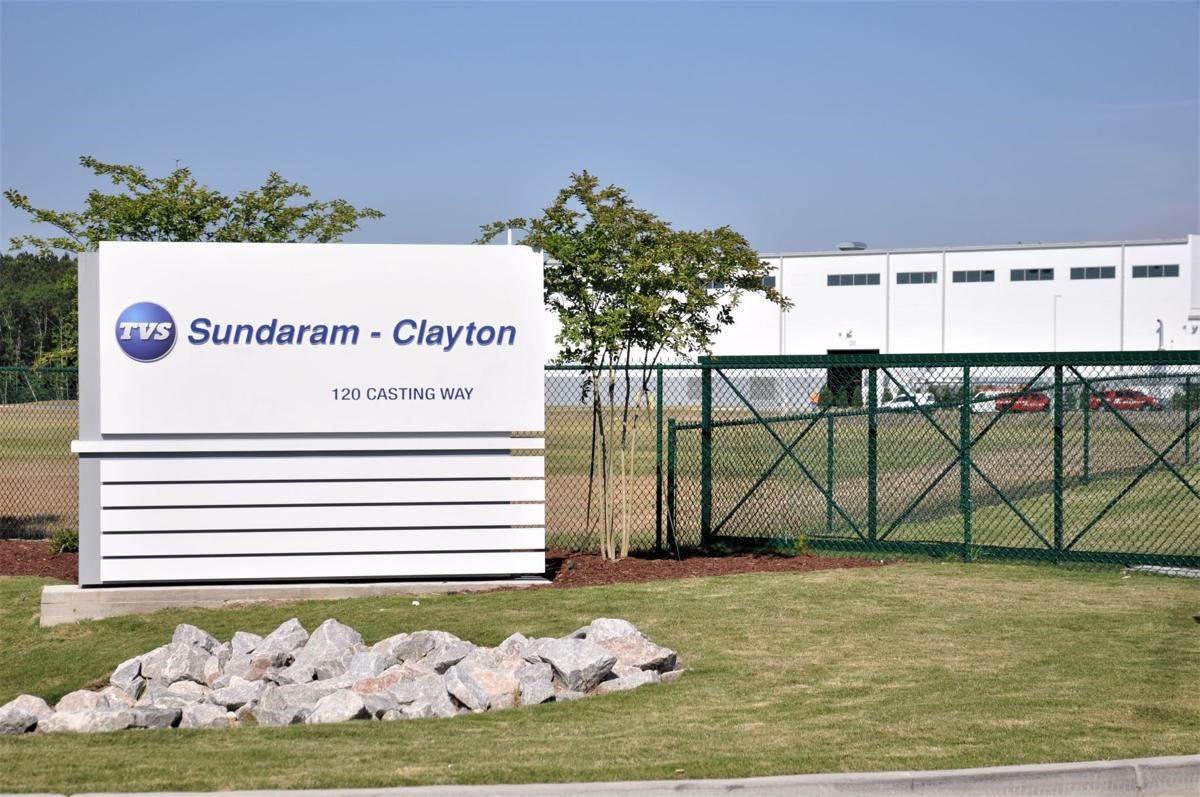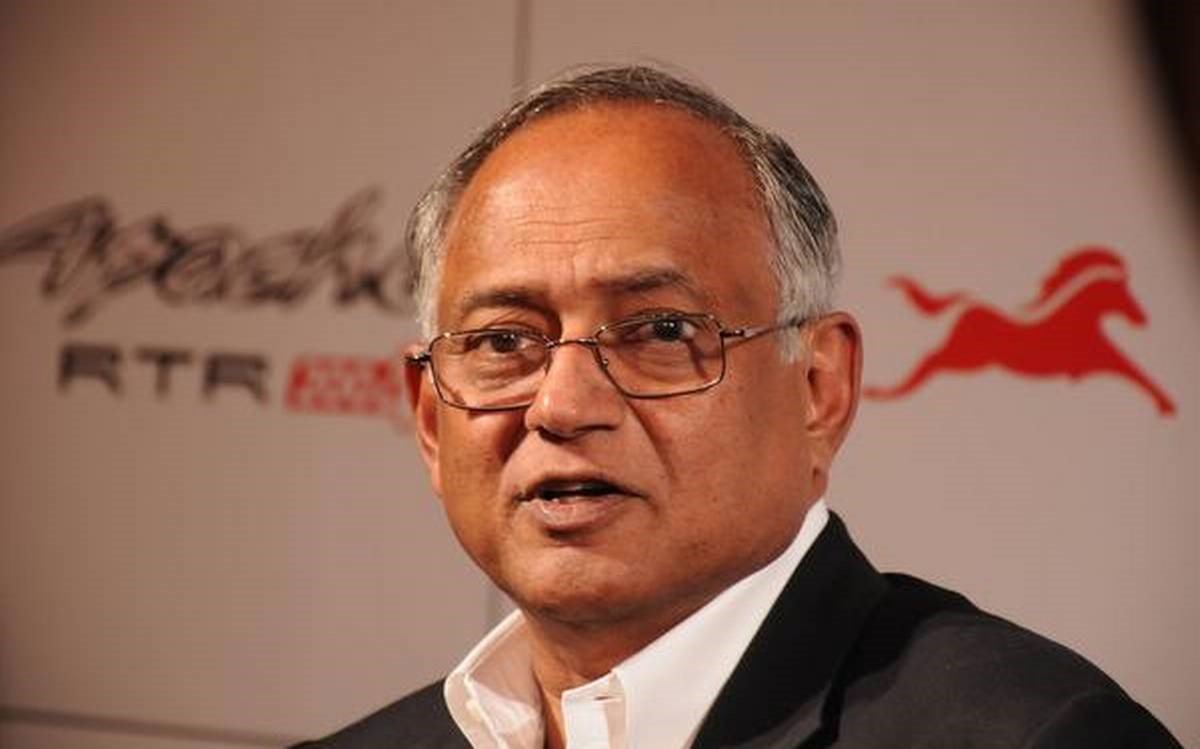

The largest auto-components manufacturing and distribution group in India, TVS Group, which owns Sundaram-Clayton stated that the company is well-positioned to grasp emerging market opportunities in the rise of developments that will steer to higher aluminium usage in all types of vehicles.

The Chennai-headquartered company, part of $8.5 billion TVS group visions in long term, due to strict emission norms, fuel economy regulations and adoption of alternate drivetrain technologies, the propulsion towards light-weight which is obliged to grow, leading to higher utilization aluminium in all vehicles.
The Chairman of SCL, Venu Srinivasan, while presenting the directors’ report to the shareholders in the Annual Report 2021, highlighted that this will empower the organization towards fast-track growth since the firm is already a preferred supplier for aluminium castings to major original equipment makers (OEMs) in India and overseas.

He added: “The Company supplies aluminium castings for commercial vehicles, passenger cars and two-wheeler segments of the automotive industry. The supply chain disruptions caused by the pandemic could have major OEMs review their global purchasing strategies and this could result in a strong push for localisation to de-risk the supply chain, despite cost impact.”
Over the past few years, multiple Indian die-casting companies and OEMs have built new production capacities or expanded existing capacities. The capacity utilisation is however expected to improve in FY22, with the present market conditions.
The Chairman said: “Intense competition makes it extremely difficult to seek price increases to compensate the effects of inflation bringing the margins under severe pressure. However, the company’s supply contracts provide for periodic price adjustments indexed to the international prices of aluminium and this should offer some protection against the volatility of commodity prices.”
“The revenue of SCL is derived from medium & heavy commercial vehicles (61%), followed by two-wheeler industry (23%) and the car industry (16%). In the short- to medium-term, on account of a low base, all auto segments are expected to come back to strong double-digit growth. Increase in industrial activity, need for personal mobility, improved availability of funds, will drive the growth of the domestic auto industry”, Srinivasan concluded.
Responses








